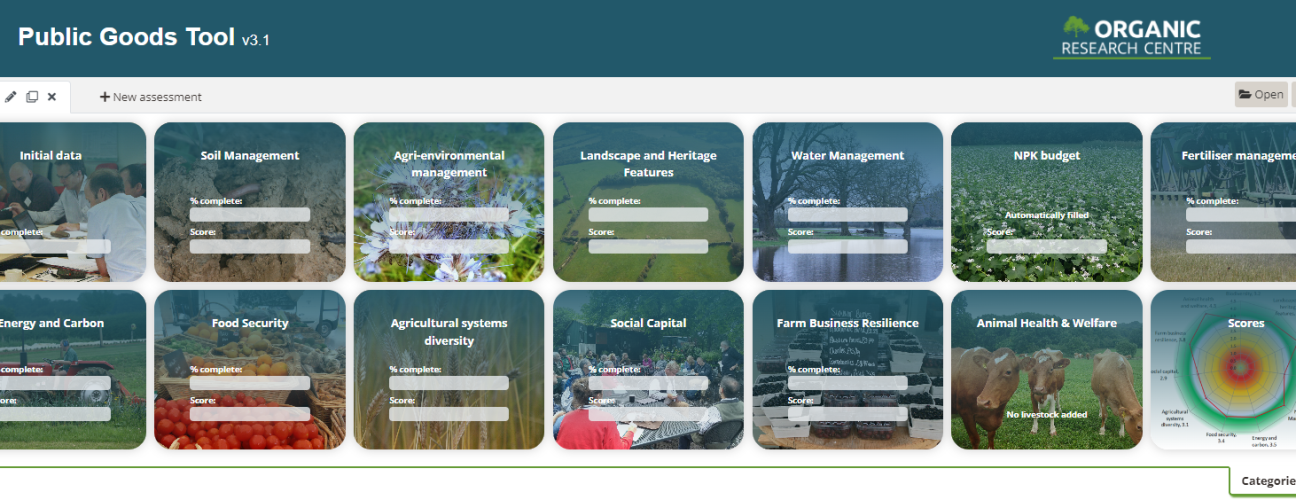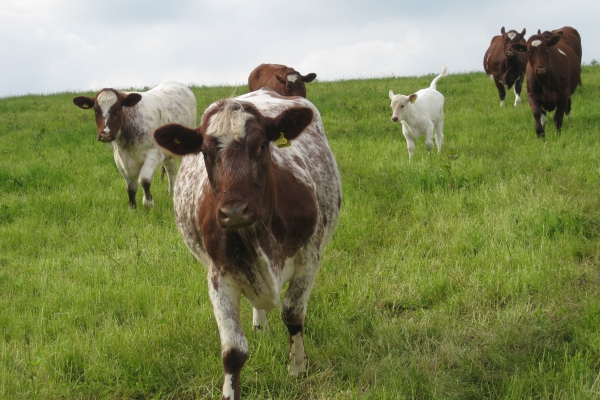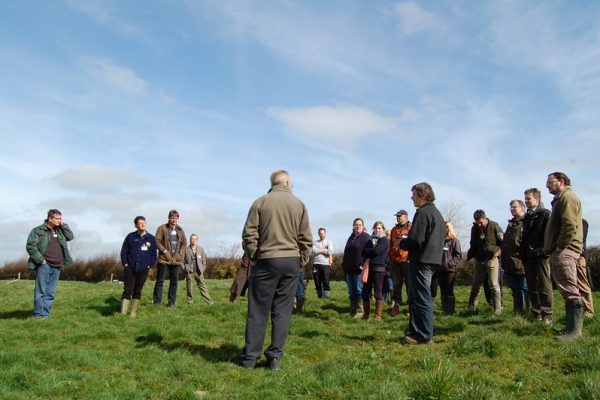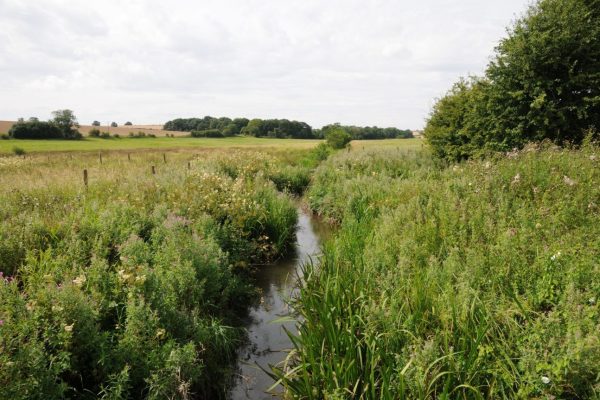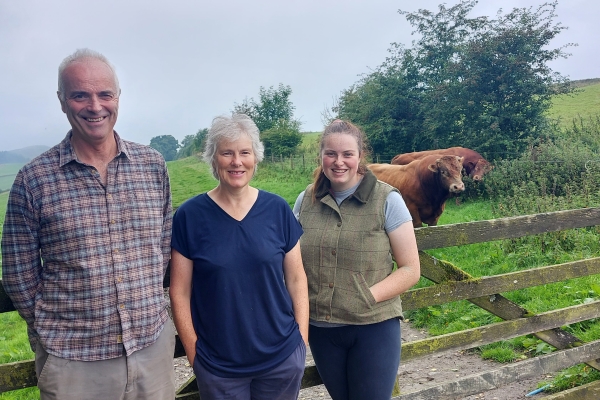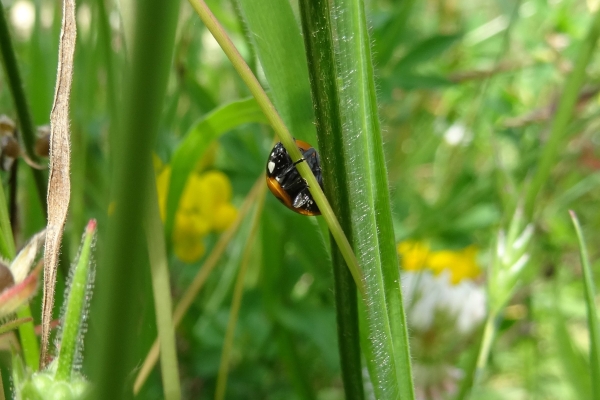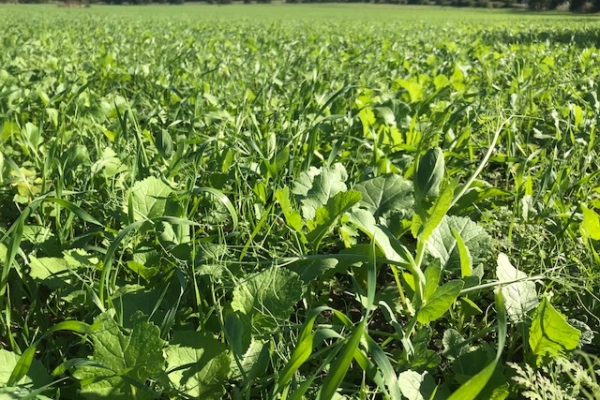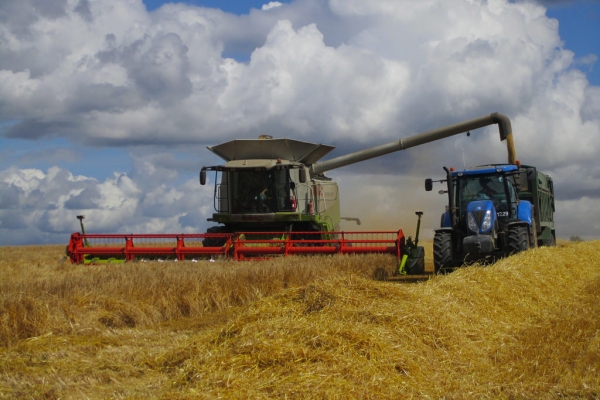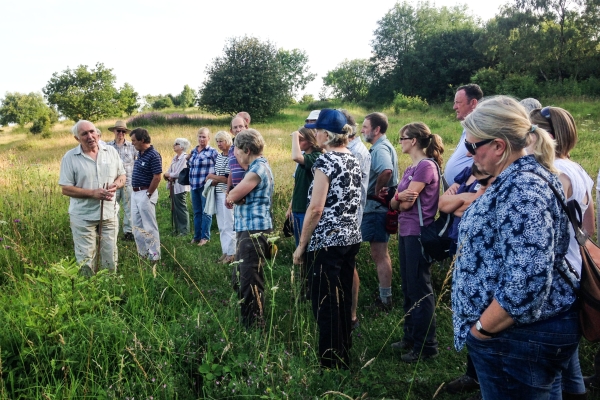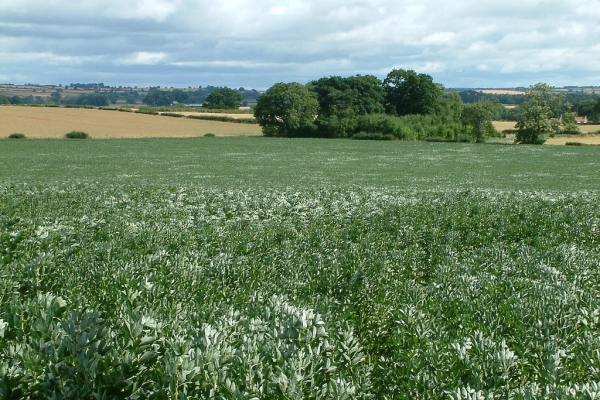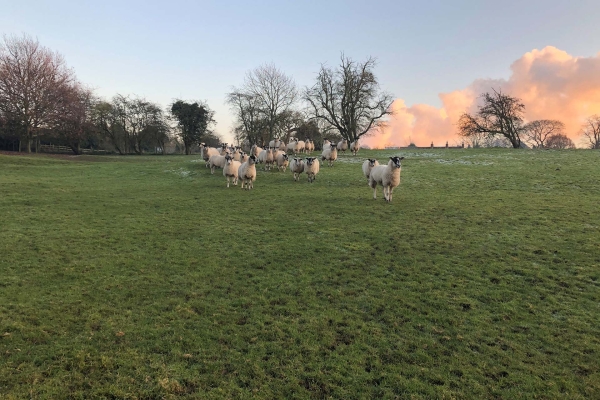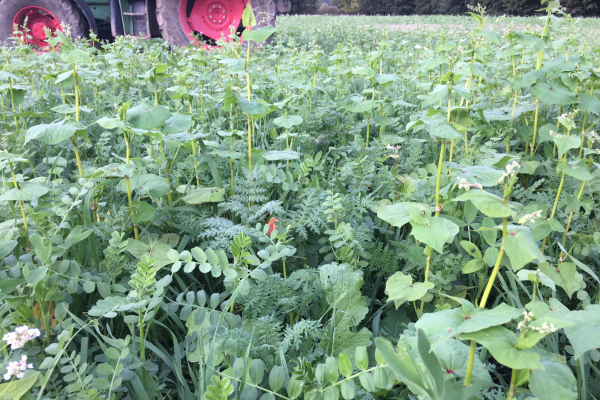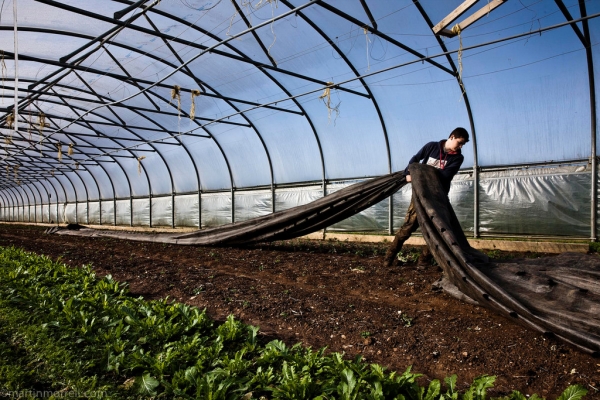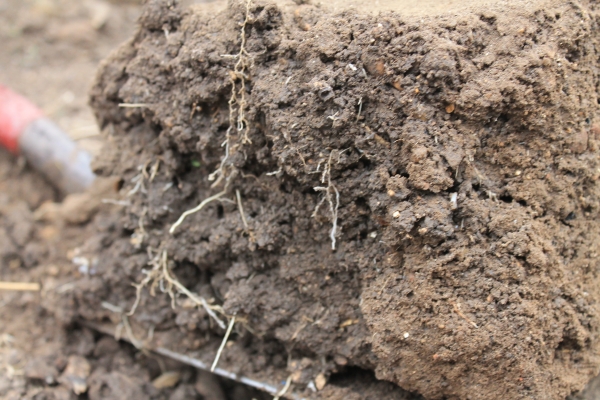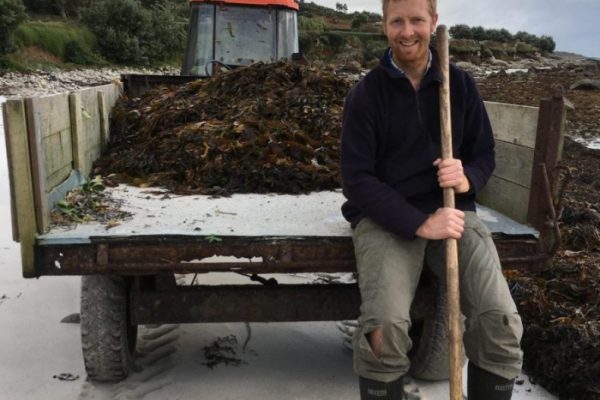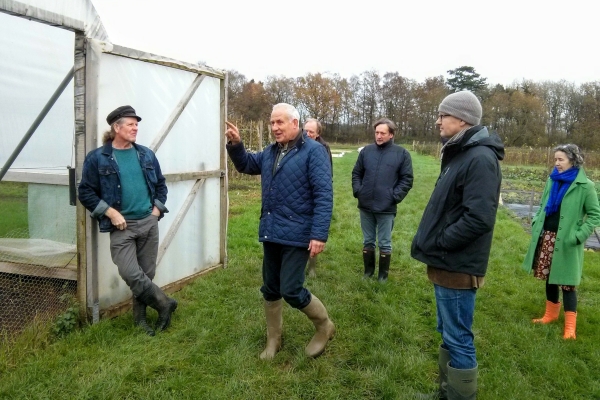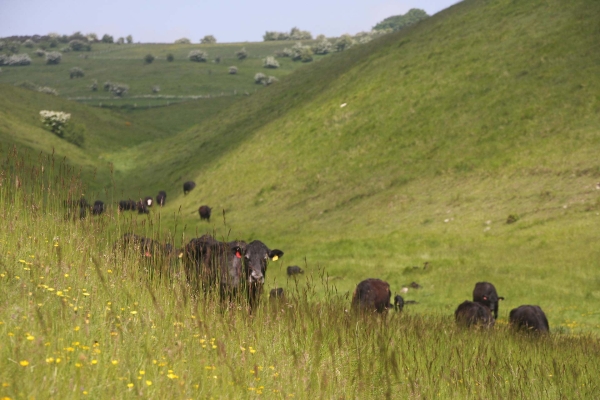Looking for a tool to help you gauge your farm sustainability? Look no further…
There are a litany of tools available for farm sustainability assessments but none of them quite stack up to the updated Public Goods Tool. It’s a common occurrence to hear about a fantastic new tool that will revolutionise how you view and manage your farm, offering untold insights into your land which even you don’t know about! These high aspirations also come with high costs, consigning the use of these tools to the big-business farms that can afford the small fortune required.
Other tools that come at a fairer price (or even the elusive £0) frequently focus on specific topics, only considering assessments of biodiversity, water, or animal welfare. Not only would it take an age to fill out each different tool but entering the same basic information again and again and again and again… Well, you get the idea.
What is really needed is a free, open-source tool that is easy and quick to fill out, has a rich history of use and development, and provides an all-encompassing overview of farm sustainability…
The Public Goods Tool (PG Tool) started its life in 2011 at the Organic Research Centre (ORC), designed to support farmers who are undertaking organic conversion in identifying the quality of public goods provided by their farm management. The PG Tool was clearly useful as it was subsequently adapted for applicability to conventional farms through funding from Defra.
At its heart the PG Tool was, and still is, a form filling exercise with some fancy calculations which result in scores for farm sustainability. Summarised in one (long) sentence, the tool asks various questions which are categorised into multiple categories; fertiliser management, soil management, animal health and welfare etc, the results of which are scored on a scale of 1-5 and averaged to generate an overall score for the categories. This result is then presented in a rather fetching spider diagram.
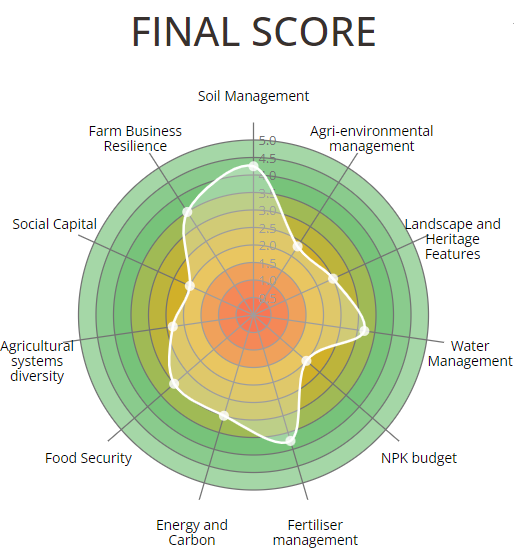
How a result is defined as being 1 (not so good) to 5 (very, very good) is up to whoever is making to tool. This simplicity lends itself to adaptability, and thus the tool has been modified for a multitude of projects. Sections have been stuck on, others ripped out, and questions modified, with version upon version spilling out of the digital folders at ORC.
EU projects exploring wood production, sustainable grazing, and organic practices all had their customised versions of the PG Tool. Alongside this research many individuals wanted to utilise the tool for themselves; from Royal Estates to National Botanical Gardens and a number of innovative sustainable farms.
As you can imagine, keeping track of who had which version and what was included in each version got out of hand very fast. My predecessor at ORC compiled and published a handy document tracking the history of the PG Tool throughout the years, however the tool and its various versions needed organising and a general tidy-up.
Continuing on from this work, the PG Tool has recently been updated as part of the ReLivestock project* with a collaboration between ORC, Moinhos de Vento Agroecology Research Centre and Reading University.
The previous versions of PG Tool have been based in Excel, which while useful for quick editing, have not been particularly user friendly with the rather unsightly and overwhelming mass of cells and tabs that enveloped the screen. The updated version is now accessed online via the ORC website and comes with a much more pleasing and easier to navigate interface.
This new version is also free for all to access with the code available on Github under an MIT licence. This means that those who want to adapt the tool to add their own questions are free to do so, but also that a single general version will be maintained by ORC and accessible to all.
For farmers and land managers, the version hosted by ORC offers a general sustainability assessment which is freely available and simple to fill out and, if used by multiple farms, offers the potential for scores to be compared to help identify areas of weakness and strengths of different farming techniques. The results of the PG Tool can be printed or saved as a PDF, or the whole assessment anonymised and shared with researchers or consultants for a greater level of analysis and advice on developing weaker areas.
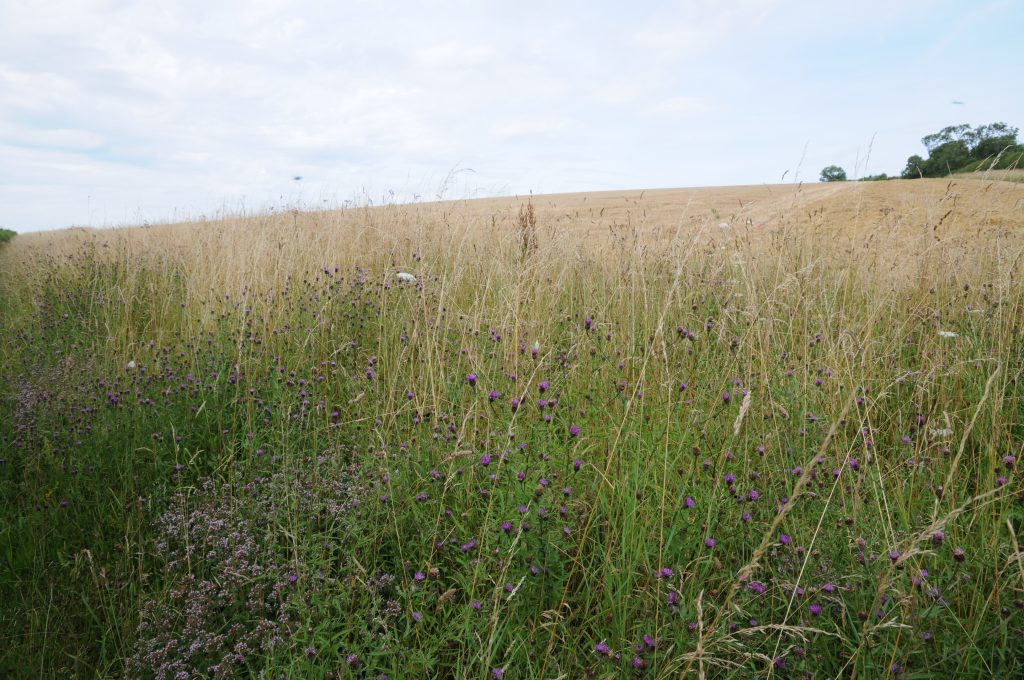
Past uses of the PG Tool have been varied and numerous. As farming develops into the future with a greater focus on environmental services, outputs, and public goods, this new version of the PG Tool will continue to play a role in not only furthering research into sustainable agriculture, but also in democratising sustainability assessments for all.
You can help support this drive towards a more sustainable future by utilising the tool for yourself and sharing it with others, building a community around the tool to help inform and educate.
More information about the PG Tool can be found at the ORC website but those who want to jump straight in and explore can get hands on here.
* An analysis was undertaken as part of the Re-Livestock project to further clarify where the PG Tool sits in relation to other existing tools. Find out more and view it here.
All illustrations / images supplied by Christian Gossel. CC BY
